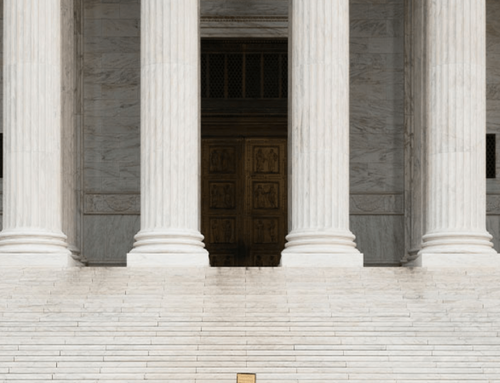What is the SECURE Act, and will it help you save for retirement?
Earlier this year, the House of Representatives overwhelmingly approved the SECURE ACT, a bill that would change the landscape of retirement savings. While it languished throughout the year, it has now reappeared as part of the year-end apportionment bill to keep the government operating. The bill is expected to be signed today.
The bill doesn’t address several major retirement hurdles, including shoring up Social Security or pension funds. However, some promising improvements and some challenges within the Act may require you to revisit your retirement goals, estate plans, and beneficiaries. Here’s what you need to know about changes from the SECURE Act.
Many changes are coming from the SECURE Act
There is an increase in the Required Minimum Distribution Age
Currently, you are required to start taking minimum distributions by age 70 1/2. Under the SECURE Act, you would be required to start taking minimum distributions from your retirement account at age 72. However, if you are already 70 1/2, or will turn 70 1/2 before the law is in effect, you are still stuck with the lower age requirement.
While having 18 extra months to invest may benefit those who don’t need the money, many people may not be able to wait until age 72.
The SECURE Act removes the age gap for traditional IRA contributions
Currently, if you are still working at age 70 1/2, you cannot make contributions to traditional IRAs. With the act, you can still contribute to a traditional IRA if you have earned income at 70 1/2.
The act offers benefits to small business retirement savings plans
The SECURE Act allows small businesses to have the opportunity to participate in multi-employer plans to help reduce costs and provide more investment choices. Small businesses should expect to see an increase in the credit for Small Employer Pension Start-Up costs to as much as $5,000. The act also adds:
- A new small employer automatic enrollment credit
- An increase of the maximum automatic increase of employee deferrals in a safe harbor plan
- The ability for part-time workers to participate in an employer plan
The act makes annuities and lifetime income stream options available in a defined contribution plan
This allows employers a safe harbor for choosing insurance companies to offer annuities. It also allows an employee to roll over an annuity to an IRA without penalty if the annuity option is dropped within the defined contribution plan.
Contributors can make penalty-free withdrawals of up to $5,000
Penalty withdrawals can be up to $5,000 for qualified adoption expenses from an IRA or qualified plan. The SECURE Act also allows for the re-contribution of withdrawn amounts at a later date.
Home health care workers will be able to contribute to IRAs
Home health care workers often don’t have taxable income, because their “difficulty of care” payments are treated as non-taxable. Because they don’t have taxable income, they are not eligible to contribute to an IRA. However, changes from the act will consider these payments compensation that makes home health care workers eligible to make IRA contributions.
Graduate and post-doctoral student fellowship and stipend payments may also be considered compensation
In certain circumstances, these payments may be considered compensation for IRA contribution purposes.
But these changes come at a price
The “stretch-IRA” is no longer available under this act. The “stretch-IRA” is where a younger beneficiary (spouse or non-spouse) inheriting an IRA or qualified account could take the required minimum distributions over their lifetime, allowing for a longer tax-deferral period. Now, all non-spousal beneficiaries will be required to distribute the full value of the inherited IRA within 10 years of the date of death of the account owner. A spousal beneficiary would still be able to roll the inherited account into his or her own account. Careful tax planning could help to minimize the tax impact of this change.
Other revenue offsets for these changes include increases in the failure-to-file penalties, including information returns, deferred compensation information, and pension plan statements. The failure-to-file penalty is increasing to the lesser of $435, or 100 percent of the tax shown on the return.




